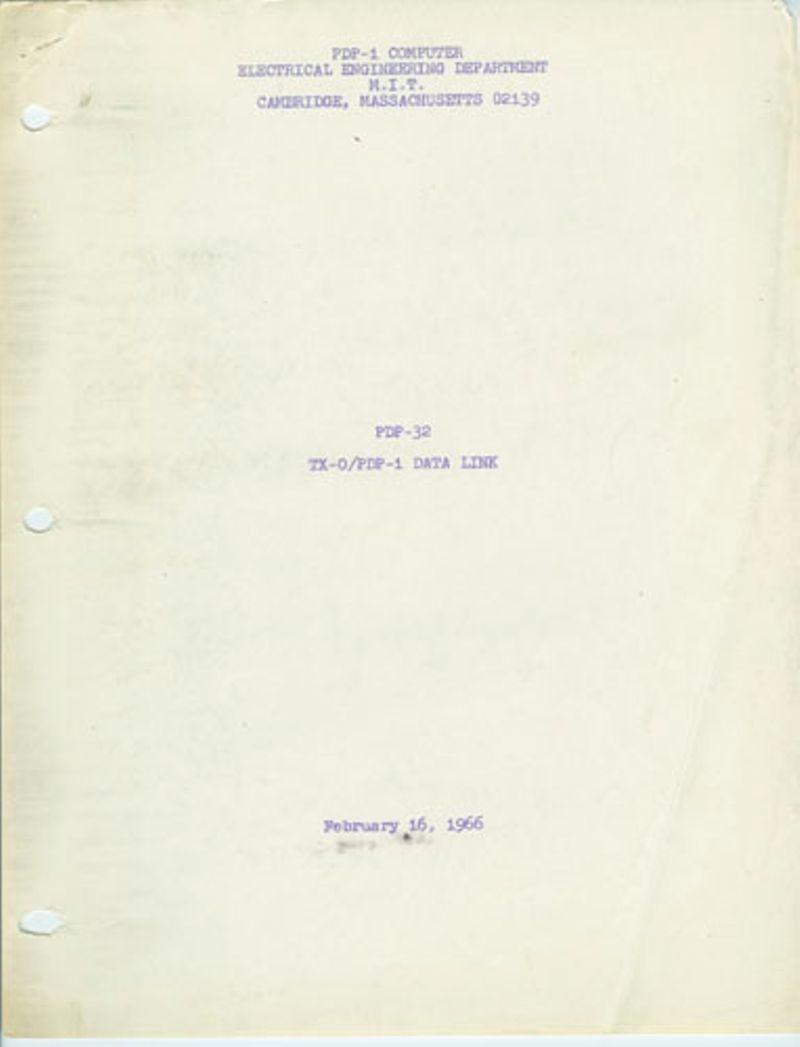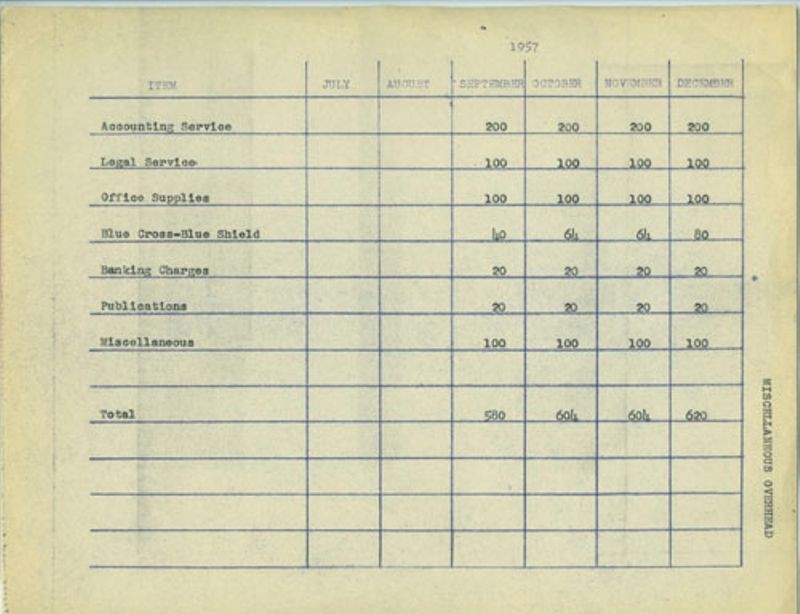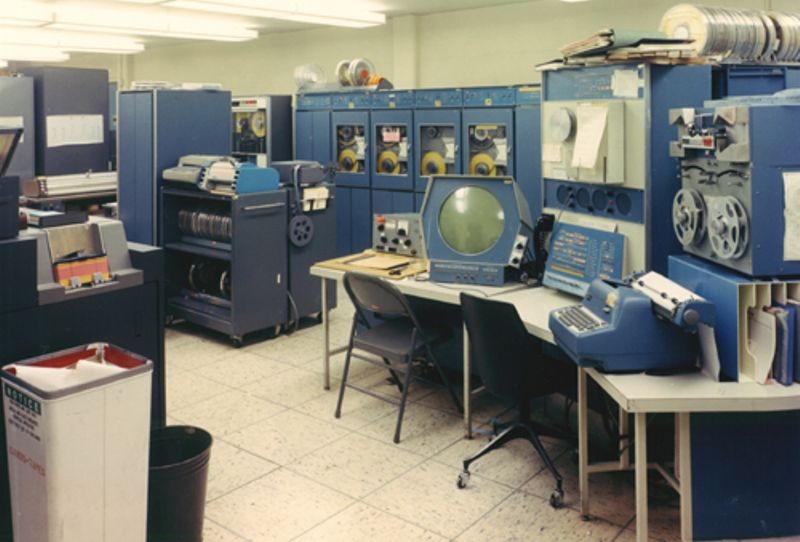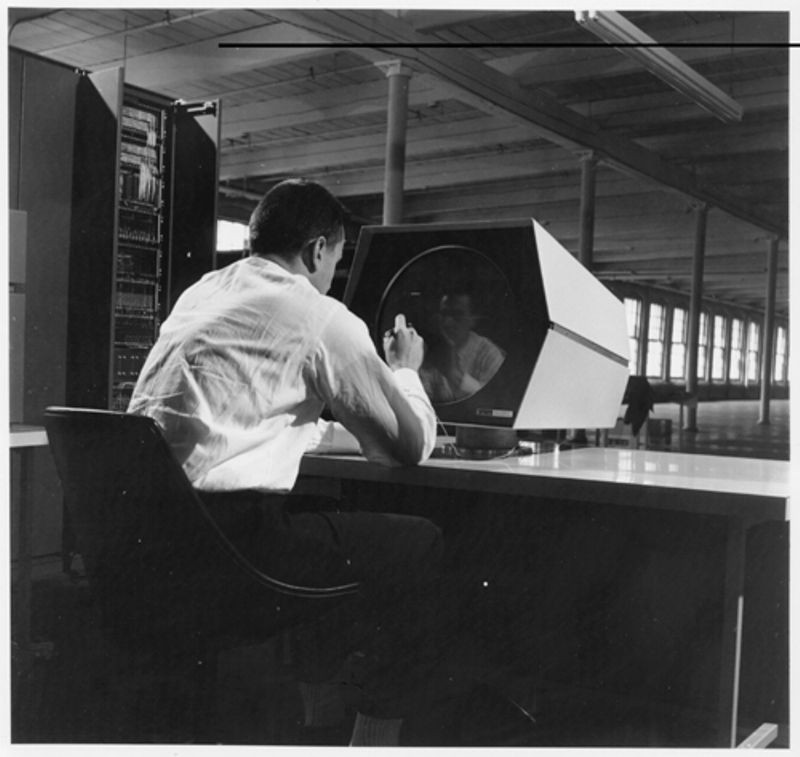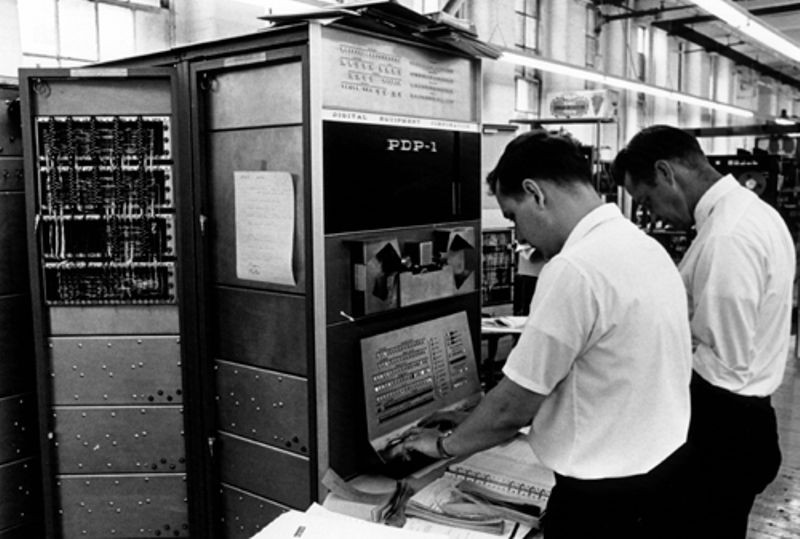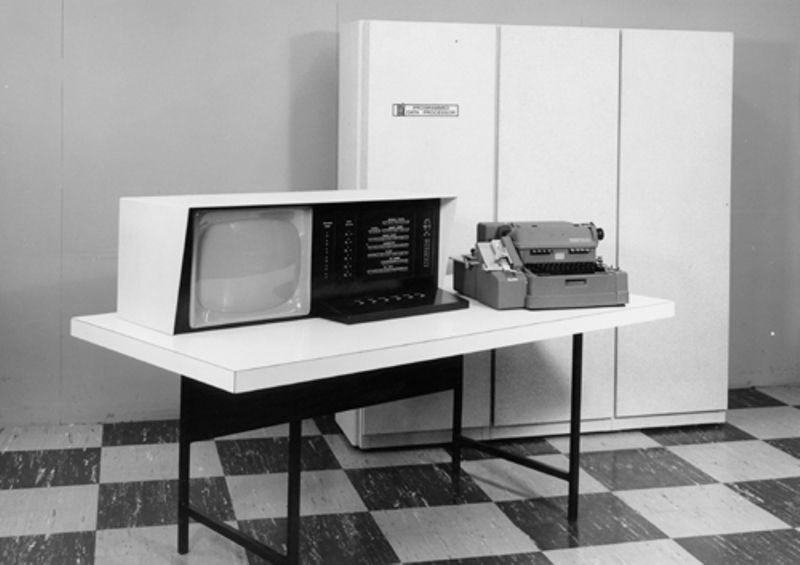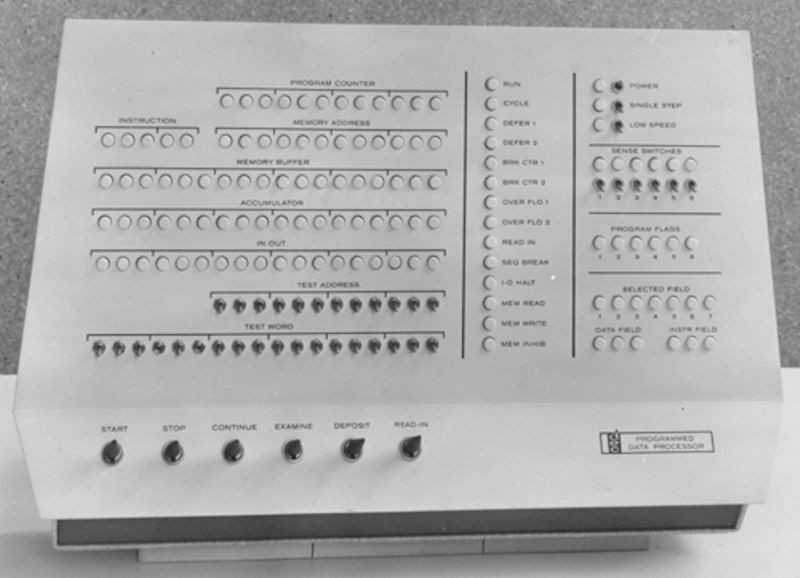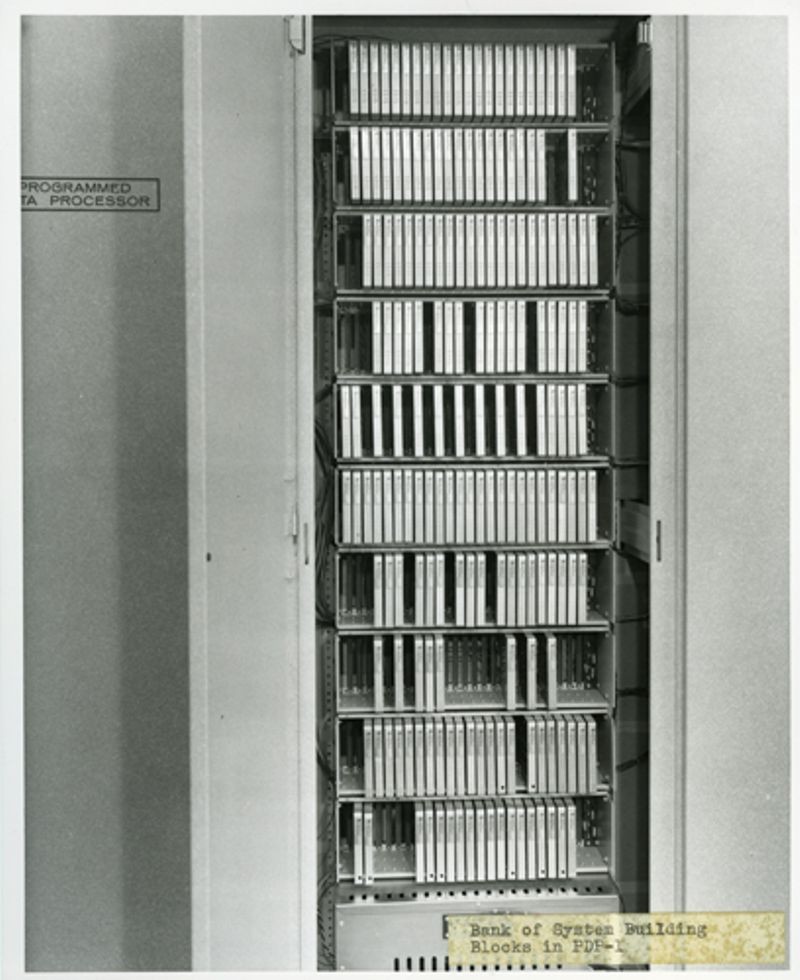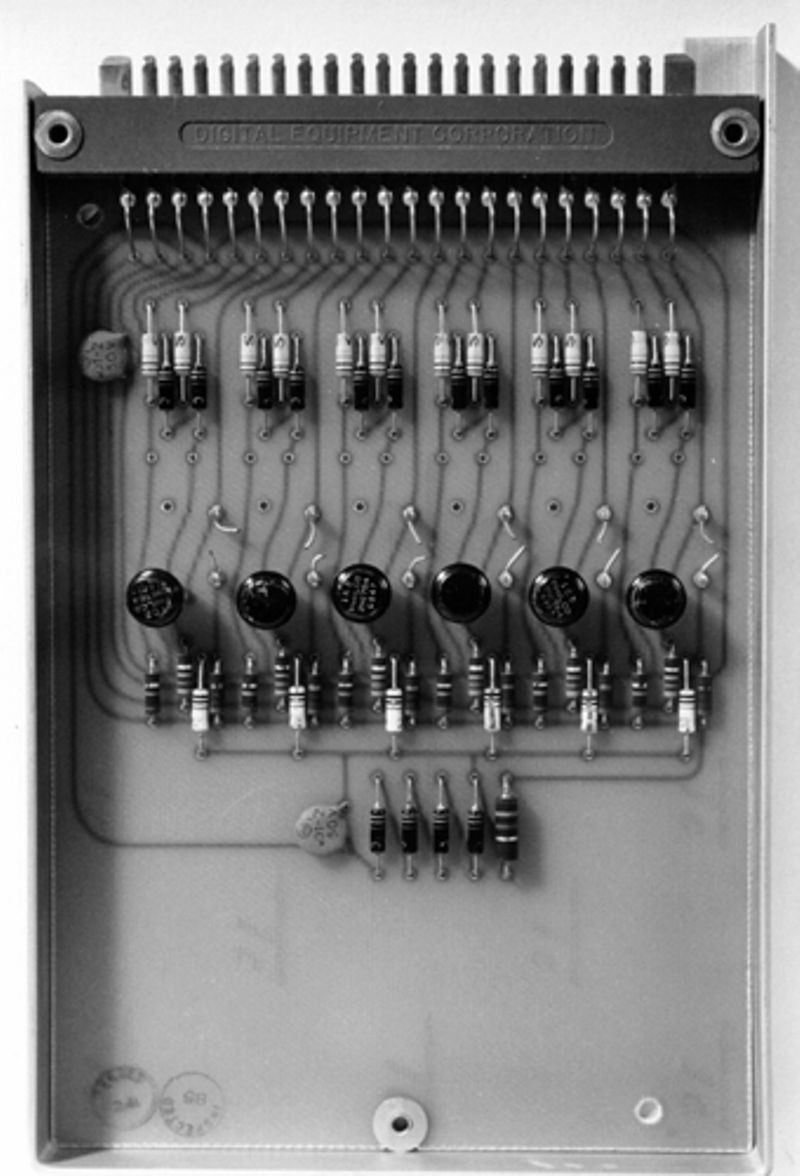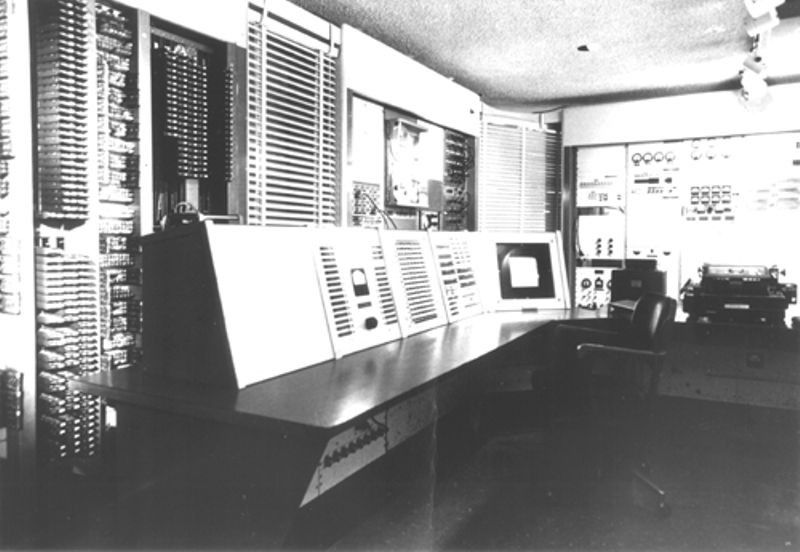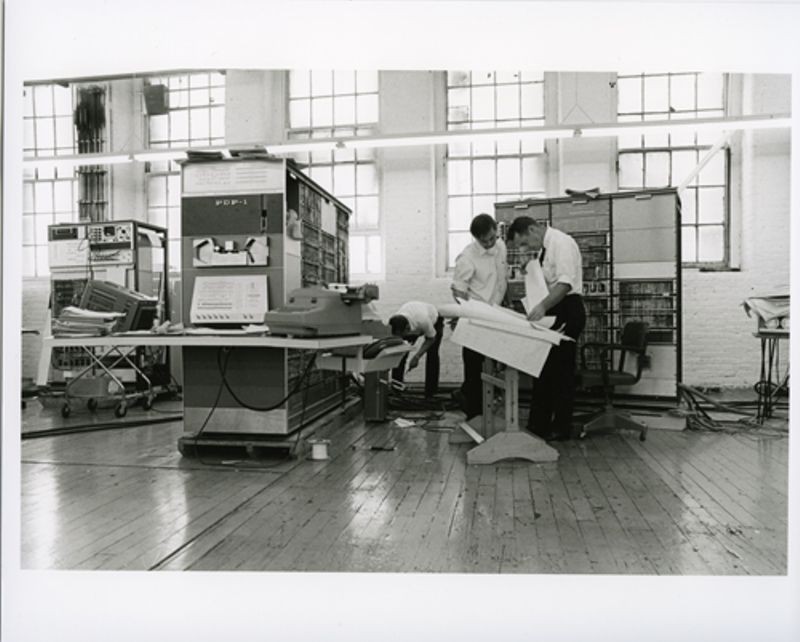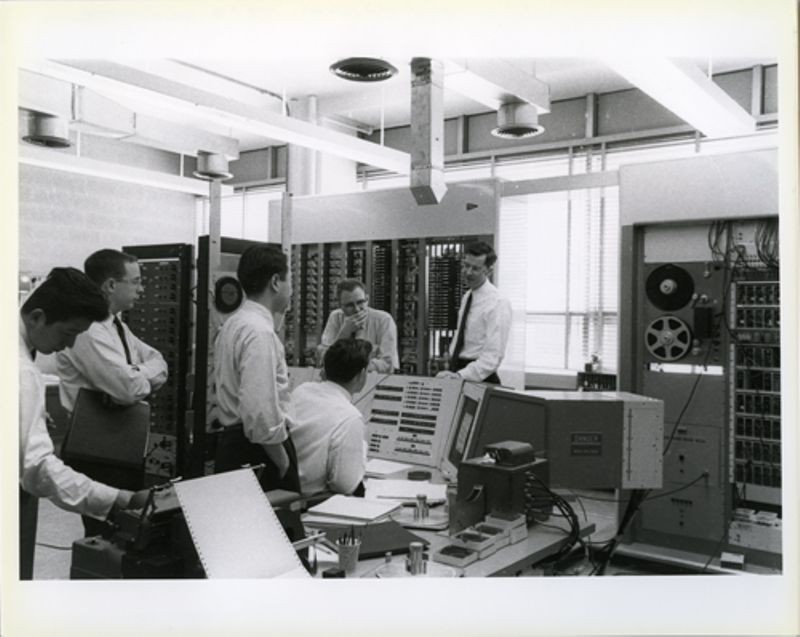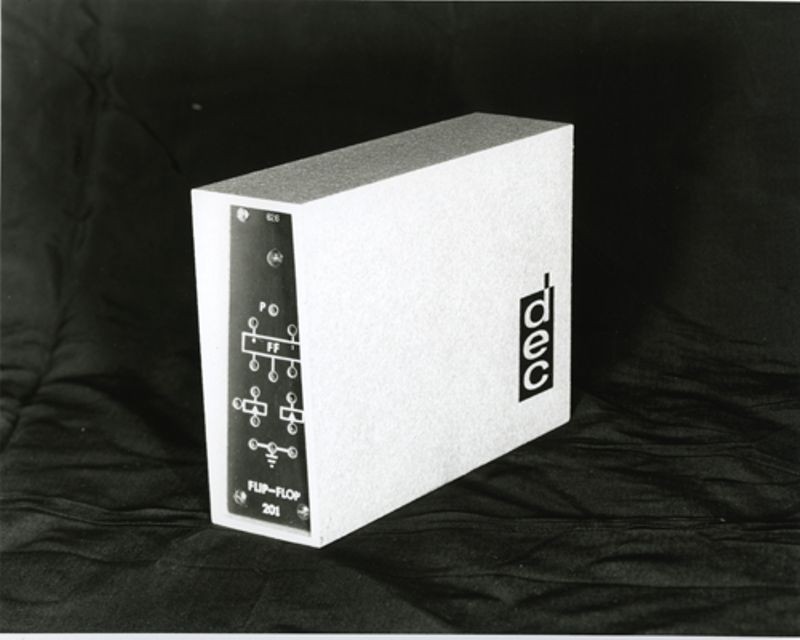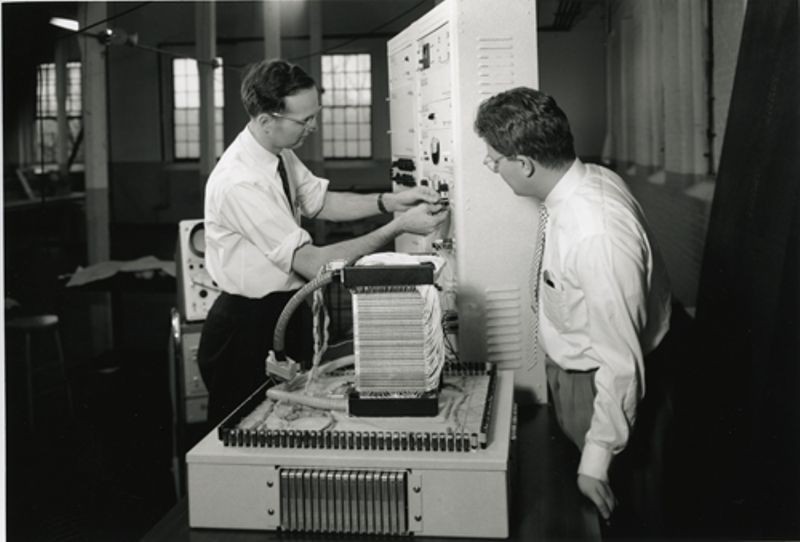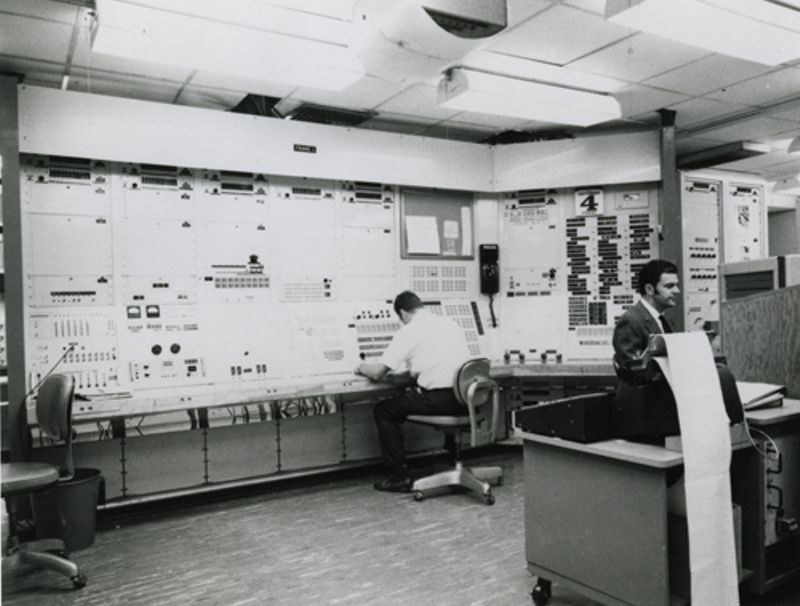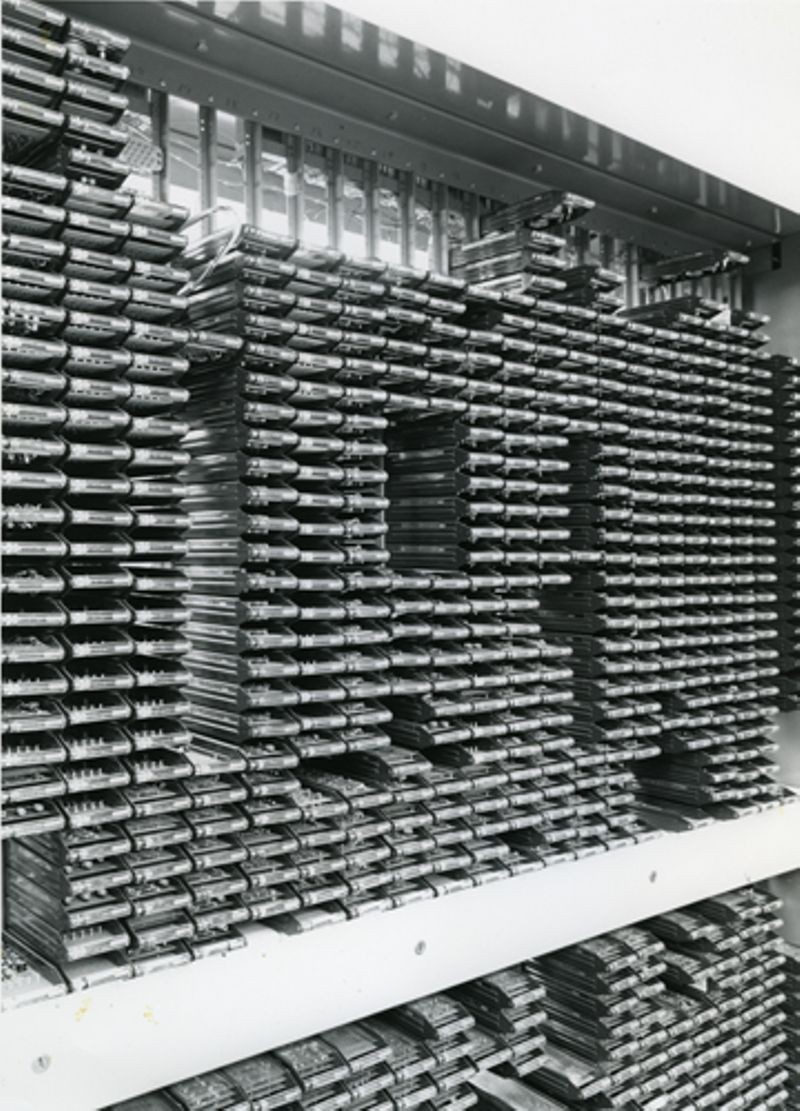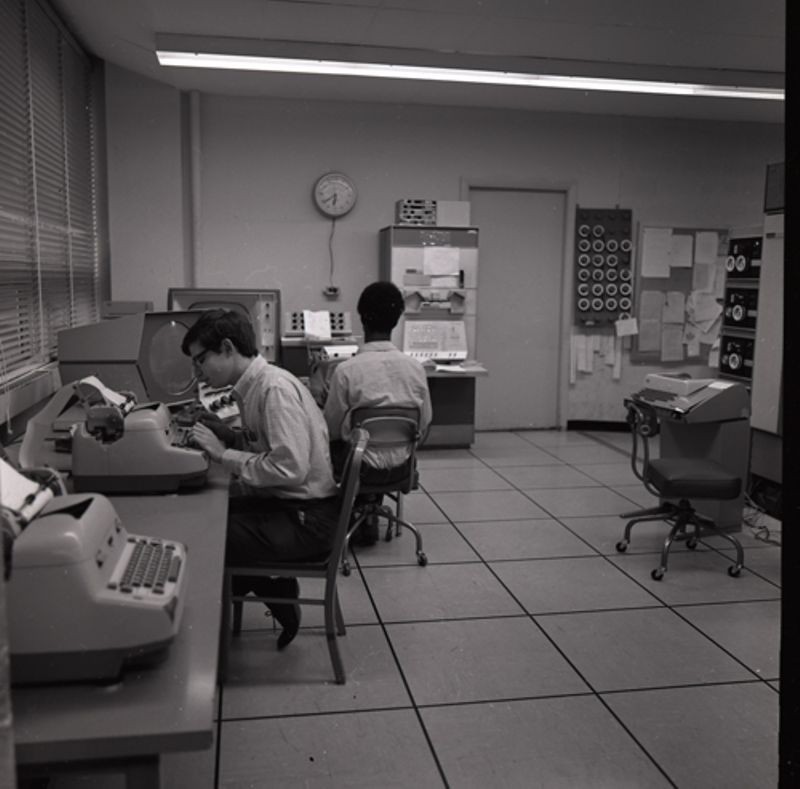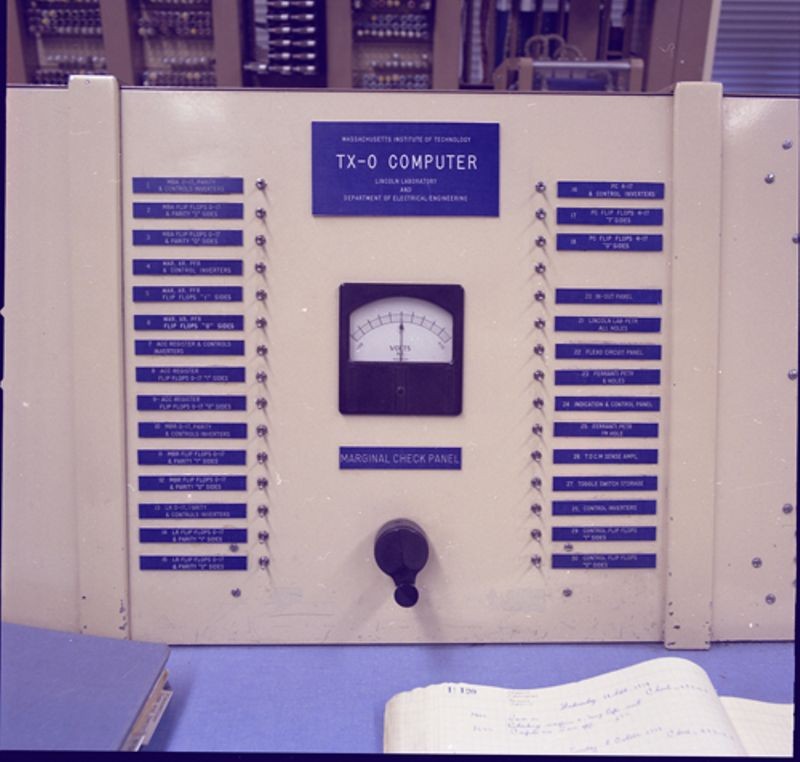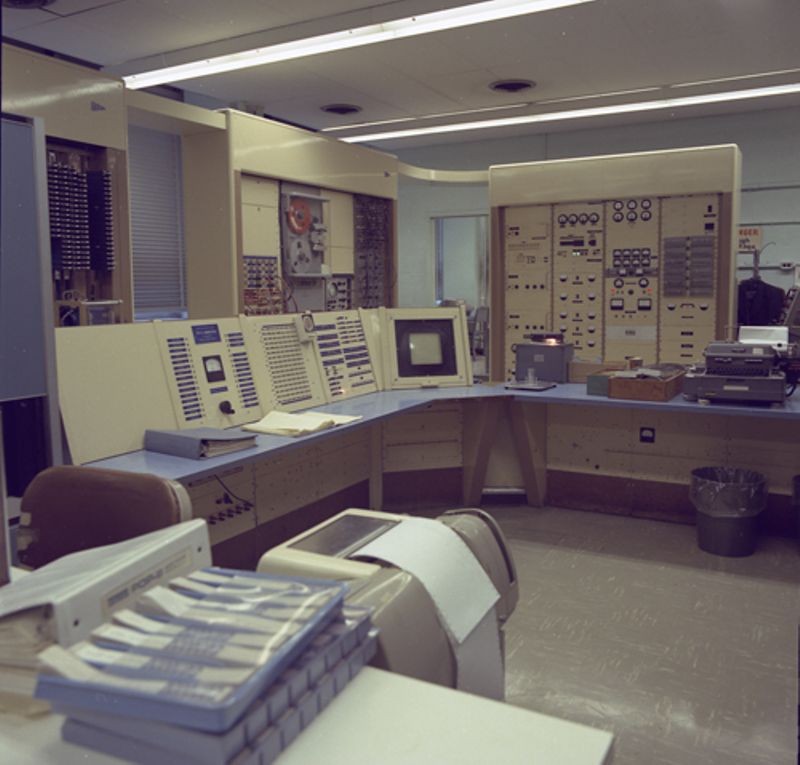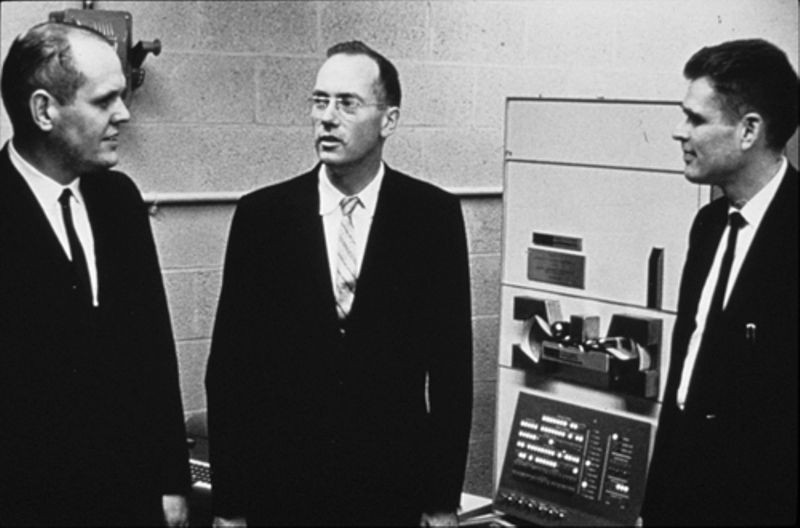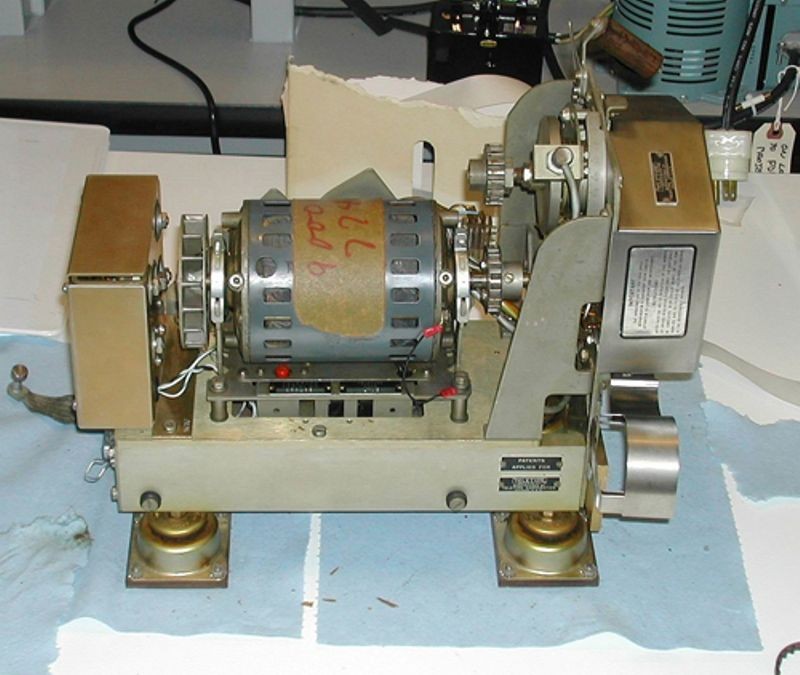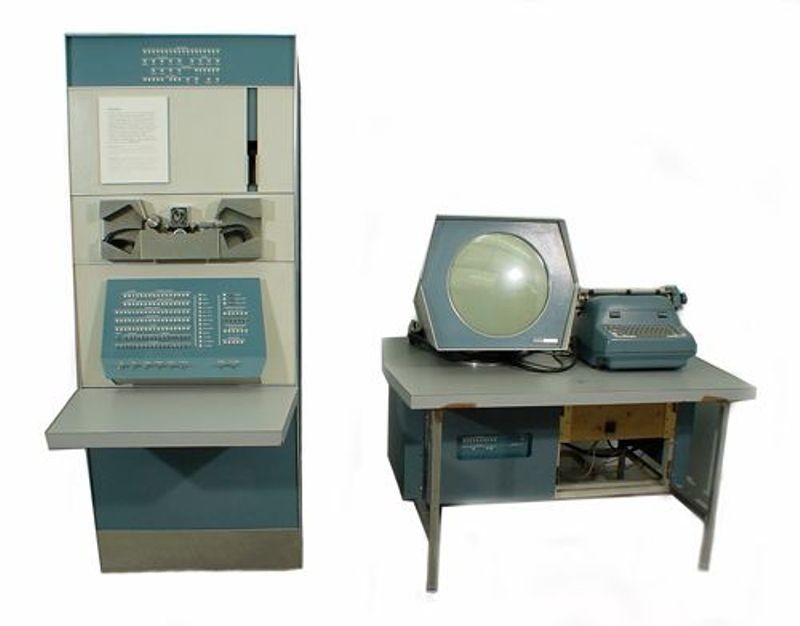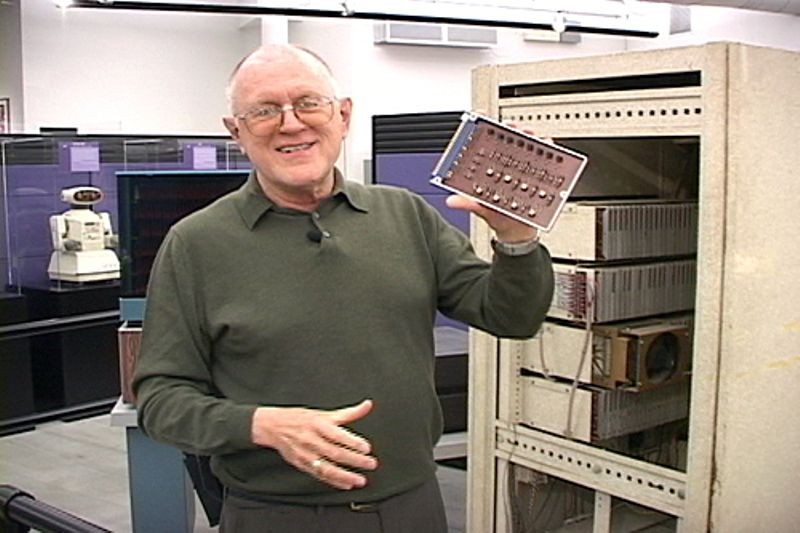Origins of the PDP-1
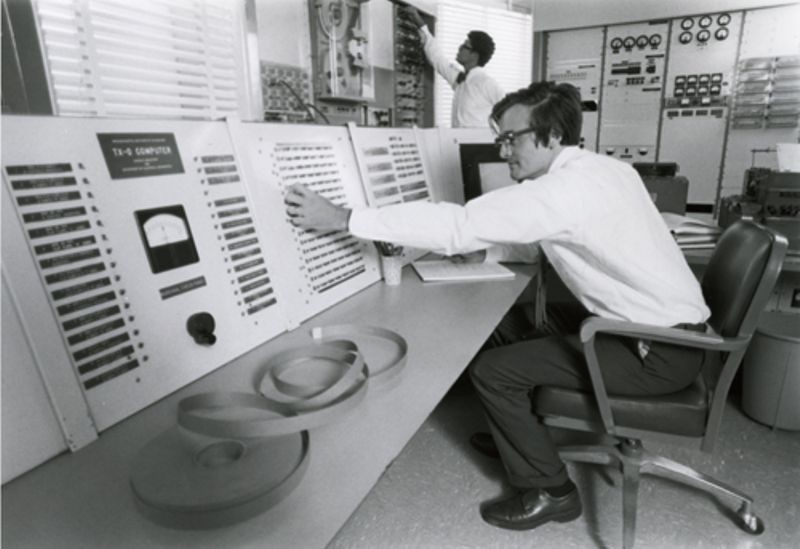
The PDP-1 was a direct descendant of work undertaken at MIT Lincoln Laboratory, especially design work on the TX-0 (Transistor Experimental) computer. The TX-0 was an experimental computer used to test transistor circuits and large core memory storage and was designed by Wes Clark. PDP-1 designers Ben Gurley and Dick Best used many TX-0 circuits in the PDP-1.
Initially however, the Digital Equipment Corporation was formed to produce circuit modules for engineers and circuit designers. These modules were designed to sit on an engineer’s desk or workbench and be used as generic system modules providing specific functions ‘in a box,’ such as an adder, an oscillator, and so on. These modules were easily connected together with standard jumper wires, allowing for rapid circuit and system building.
It was not long before these modules were interconnected into a computer system, a system that became the PDP-1. Initially, however, DEC’s board of directors were unsure of becoming a computer company—especially when the only other computer companies of the day were enormous, well-funded and had huge sales forces.
After two years of making modules, DEC founders Ken Olsen and Harlan Anderson had convinced the board that, with DEC’s module business now on a firm footing, it might be time to enter the computer business.
The PDP-1 was a direct outgrowth of this module business. In fact, if you look at the inside of a PDP-1, what you see are DEC modules (in the form of circuit cards) interconnected by a backplane into a computer.
The PDP-1 was an extraordinary machine, designed largely by Gurley and showing an economy of design that was a hallmark of DEC’s early years, Ed Fredkin once asked Gurley what his design parameters were for the PDP-1 to which Gurley (jokingly) replied: “To make it from inventory.”



